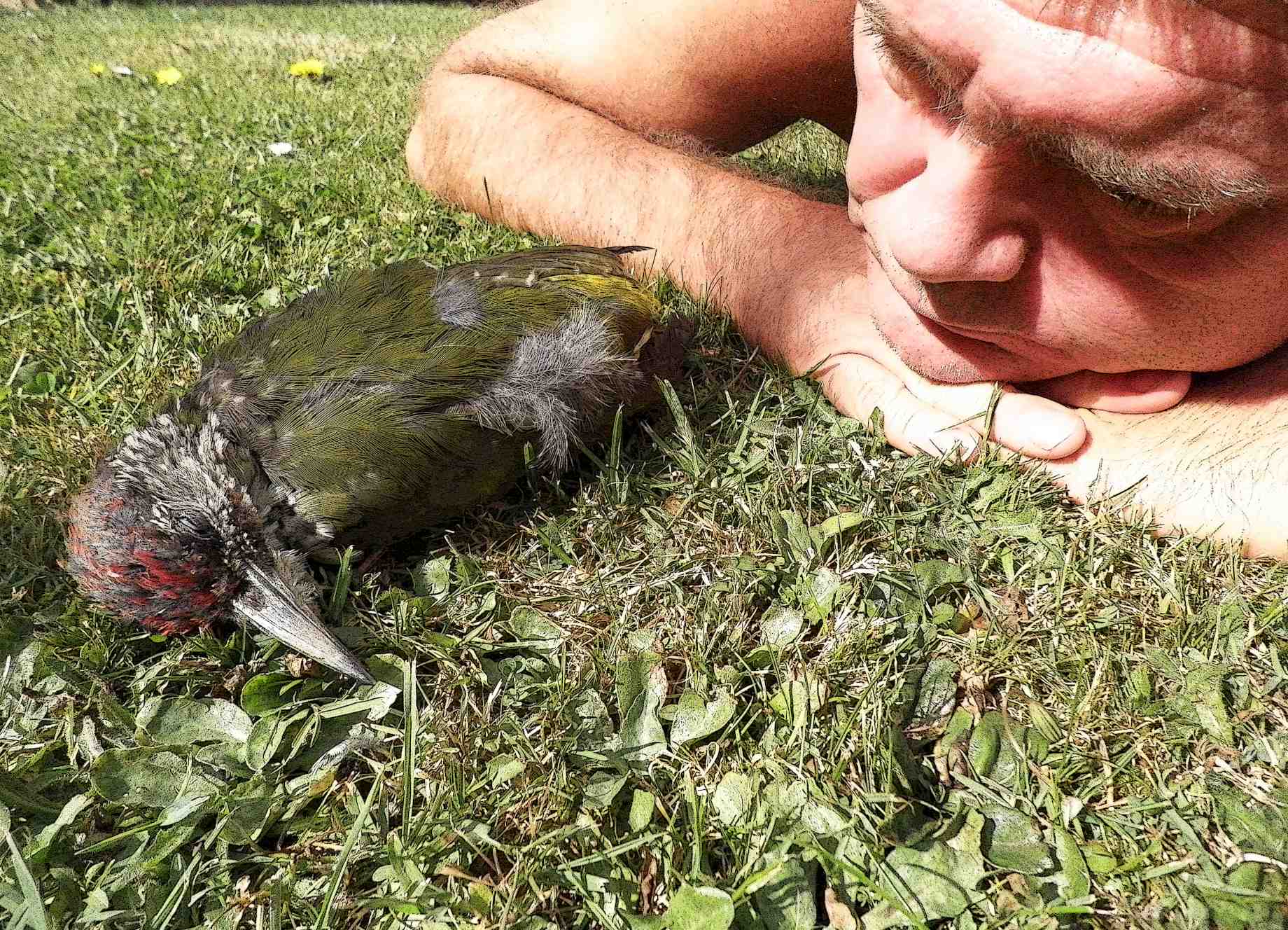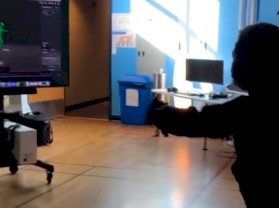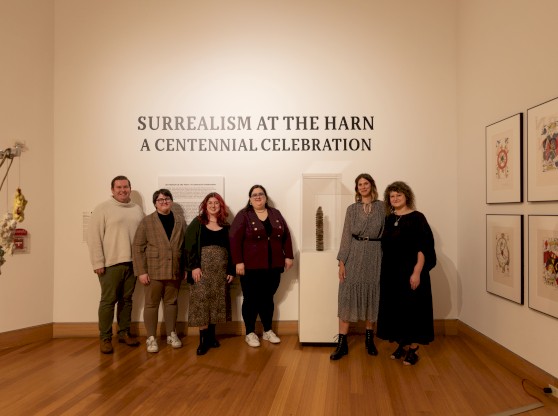Tony Stallard is a London artist who is currently working on a public art piece for the new chemistry building at UF. Stallard earned an M.F.A. in public art from Duncan of Jordanstone College of Art and Design and an M.A. in site specific sculptures from the Wimbledon College of Arts. Stallard’s current works are site specific light sculptures, which he creates by combining LED lights and metals. He has created these sculptures internationally in the United Kingdom, Canada, Finland and Northern Ireland, among other locations.
What are you creating for the new chemistry building?
It’s a fullerene molecule in standstill. The actual structure will be stainless steel and inside there is going to be an atom in acrylic and there are LED lights lighting into it below and above.
How were you selected for this project?
When these public arts projects go out, you get briefs and I normally read the brief and decide if I want to go for that project. When I read the brief for this I thought it would be quite exciting for a new chemistry building. I answered the brief for that. It’s the challenge of trying to come up with an idea or concept that works with what it is they want from the building.
What inspired you to create the fullerene molecule piece?
I’ve done a piece in London called the double helix which is a DNA molecule in still and in LED. I thought a similar kind of work for this would work, but something a bit more contemporary, which I think has gotten kind of buzzing here because its called a fullerene molecule, which is a carbon molecule that looks like a sphere. It looks just like a football. I think that really excited me and excited them and if we are both interested in what we’re doing then we’re in a good place rather than doing something that’s site specific. There’s no point in coming up with an idea if it doesn’t fit in the building. It will be suspended from the entrance like a chandelier
Why did you decide to create public art?
There were two directions I could go. I could follow the gallery circuit, which, to be honest, I found boring. There was a lot of networking and meeting a lot of people. The art becomes kind of marketed, and I didn’t want to go into that. The other option is public artwork, where you’re making art for the public, buildings, roundabouts and new buildings within the public realm that people see outside of a gallery. I found that more exciting. Creating work that is not just in a white space; it could be outside, it could be anywhere.
Why do you showcase LED lights and metals in your works?
When I left college doing public art, I started doing stone carvings. I then went on to do stone constructions, and they were quite big stone constructions for public art in forests and parks. Part of the work was me building them so that the general public would see this thing being built from the ground up. I kind of kept repeating myself, and I realized that I was trapping the light inside so that I would have apertures where you could look inside of these structures, and it would be the lights that were coming inside the stone. So, I was creating these stone structures, over and over and not realizing what I was getting at. What I was getting at was the light inside and that’s when I realized it was light that was the thing that was pulling me and so that’s when I kind of stopped doing the stone constructions and doing light sculptures. Metal naturally came for practical reasons, but also the aesthetics. You can polish bronze and stainless-steel, they get quite reflective. When you use LED or neon they can have some really good relationships because they’re reflective.
What is your creative process?
Its always an idea, a concept. It will literally be a scribble on a piece of paper, that’s the start. So I have an idea, write the idea down and then try to apply that to wherever its going to go. It may not work, but the concept is the main drive. I’ll make that concept evolve through the work to where its going to go and see if it works. Then go through all those changes until it evolves into what its going to be. It’s a written concept, its conceptual art. For this project, It was a sketched idea of a fullerene molecule.



